by George Dyke…..
Often when a 2CV comes up for sale here in Canada or the US, it is referred to as a late model but also an earlier year. (Like a 1990/69). Or it is stated as particular year but it is visually clear it is a much later model. It certainly is confusing to people buying one today who don’t know the history of how they were sold here during the time they were in production. Or that were even sold here at all. Fact is they were, and in this article I will try to shed some light on why you come across 2CVs that are claimed to be one year but then another.
First off, many 2CV’s have been imported as used cars since 1990, the last year that the 2CV was made, or brought over by individuals before that. We often see these cars which have been cobbled together from a bunch of parts, and these “mutts” have obvious traits that defy any logic as to what year the car really is. We are not talking about these types of 2CVs, nor are we talking about the few that were legitimately sold to customers through Citroën dealers when Citroën sold cars here in the late 1950’s, 1960’s and early 1970’s. What we are referring to are 2 companies (primarily) that figured out a way to sell 2CVs over here at the time by taking a rather clever (and very unorthodox) means to do so.
The two companies were Escargot Motors, based in Toronto Canada, operated by brothers John and Greg Long, and Fournet, owned by Michel Fournet, in Glen Burnie, Maryland USA.
[We did an article about Escargot Motors back in the spring of 2003 and you read it here:
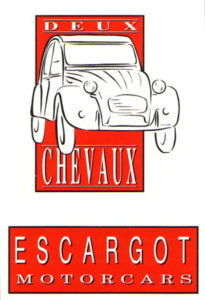
https://www.sugarsync.com/pf/D1866000_75499944_78425
So how did they do it? Although you couldn’t then, and still can’t today, buy a new car in Europe and import it into Canada or the US, they came up with a clever workaround to that regulation by searching for 2CV’s in Europe that were over 25 years of age and purchasing those for the registration (VIN) plate and paperwork indicating their age. Then they also bought a brand new 2CV (they were still in production) and “technically” restored the old 2CV to the standard of a new car.
They did this by sending both the old and new cars to a garage facilities in Europe who would carry out the work. The old frame with the original VIN was restore the old frame and then a “new car” built on the old frame harvesting all the parts from the brand new 2CV. Something you could only do with a car as simple as 2CV; – just 8 bolts affix the body to the frame. The frames were painted a bright colour (usually blue, though a few were green and others orange) so that they could be readily identified as a restored component should the cars be inspected during the importation process.
With that done, the “new/old” 2CV could be claimed to be over 25 years of age, and legally imported and sold into North America. In reality the cars were brand new 2CVs, other than the registration plate and painted chassis. so if you were find a 1990/69 2CV it would technically be a 1969 2CV restored to a 1990 spec (in 1990) using a brand new car.
Some people bought them and piled on the miles using them as daily drivers, Those pretty much went their course to the scrap heap as most cars of that era have by now. But a good number of 2CVs that Escargot and Fournet sold have been treated as true classic cars by their owners over the years, driven only occasionally on nice days and carefully cared for. These cars are considered by Citroën collectors to be highly desirable today.
Escargot and Fournet remained in business importing 2CVs up to the point Citroën stopped production of them. When that happened their supply of new cars ran out, and it wasn’t cost-effective to scour Europe for late model cars and buy them. Even if they could find some, they wouldn’t be brand new and they would be doing essentially what people have begun doing in recent years; buying used 2CVs and trying to restore them. (With varying results as you can see by many of the 2CVs that have been imported in this manner). Escargot tired to continue it’s business model by switching to Volkswagen Beetles (still produced in Mexico), but the Beetle just didn’t have the charm of the 2CV and they closed in the early 90’s.
In all, Escargot imported about 200 cars and they were sold to a number of notable people. For example the musician Billy Joel bought one as a birthday present for his wife at the time Christie Brinkley. Even people in various level of government bought them because 2CVs were cool and here was a way to get “new ones” at the time. (Ironic because they were circumventing the very laws they wrote. Ah – the allure of the 2CV!!)
In summary, Escargot (and Fournet) cars are recognized and valued by collectors for the year they actually appear to be not the year they are legally titled. That is because the cars have, of course, ALL the features of the later year. They are, in fact, that exact model year other than the little modifications made (like adding a reverse light) to allow them to be legally imported and sold here at that time.
There is another company today called Escargot Motors that operates in New Mexico. They started up a few years ago and claim to bring over used 2CVs from Europe that have been restored. We don’t know much else about them and have never seen any car they have imported, nor do we know anyone that has bought from them. As far as we know they just tried to capitalize on the original Escargot name and success.
Unfortunately there a few entities operating in North America that claim to be selling well restored 2CV’s, but in reality they sell really sub-par cars. (That’s a whole other story….)
Bottom line… If you want a fully restored 2CV these days, or even if you are buying a regular used one, you are best dealing with sources approved by a trusted and knowledgeable group like Citroën Autoclub Canada and CITROËNVIE!
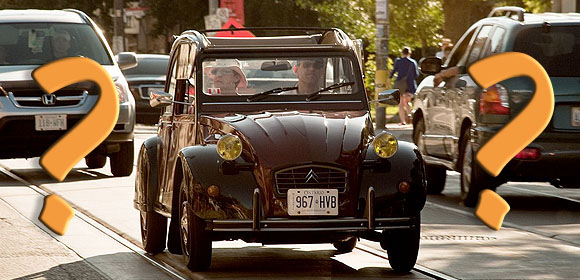
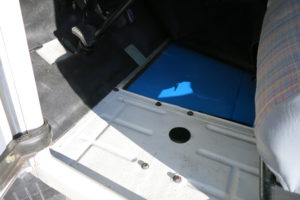
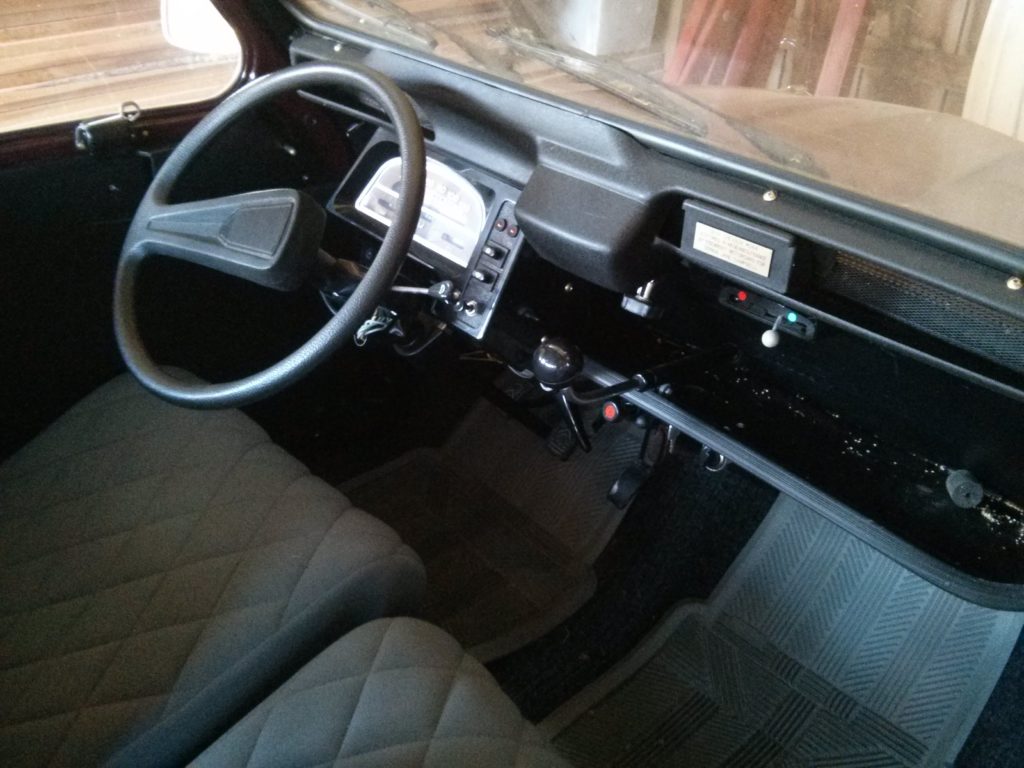
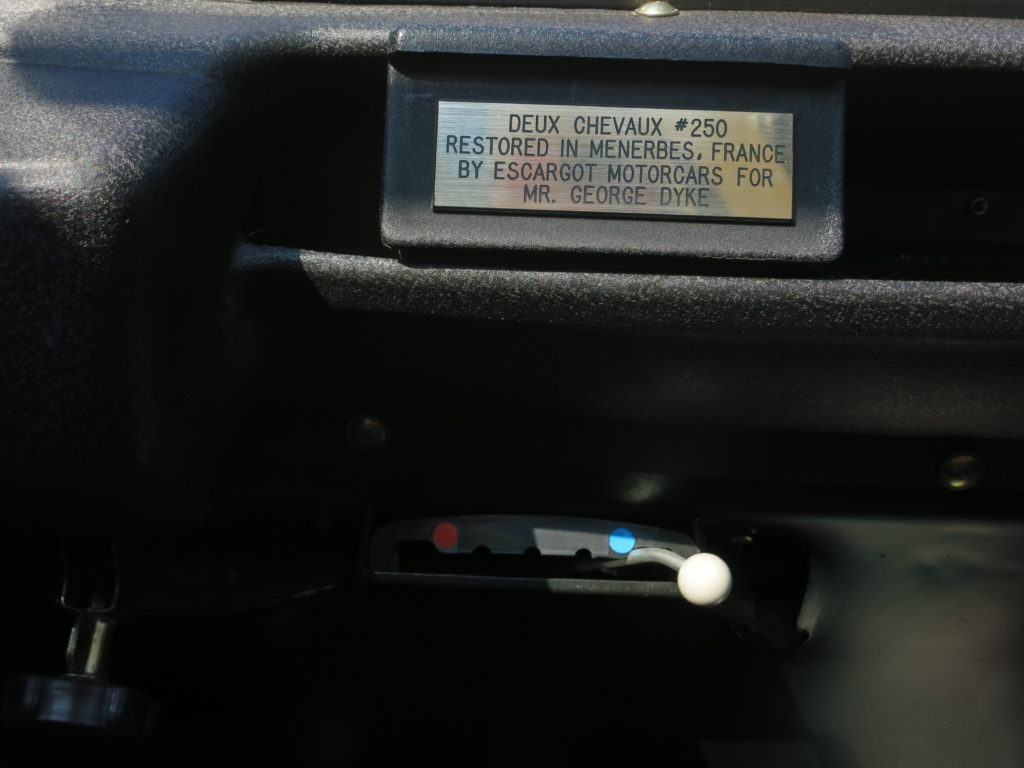
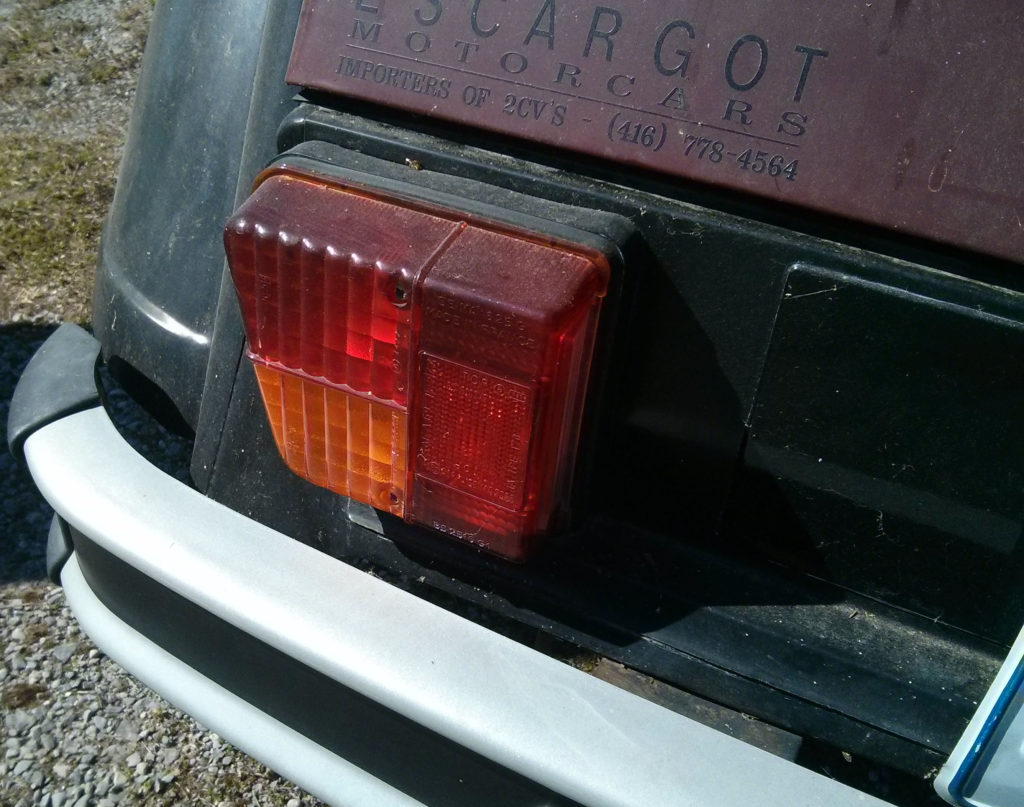
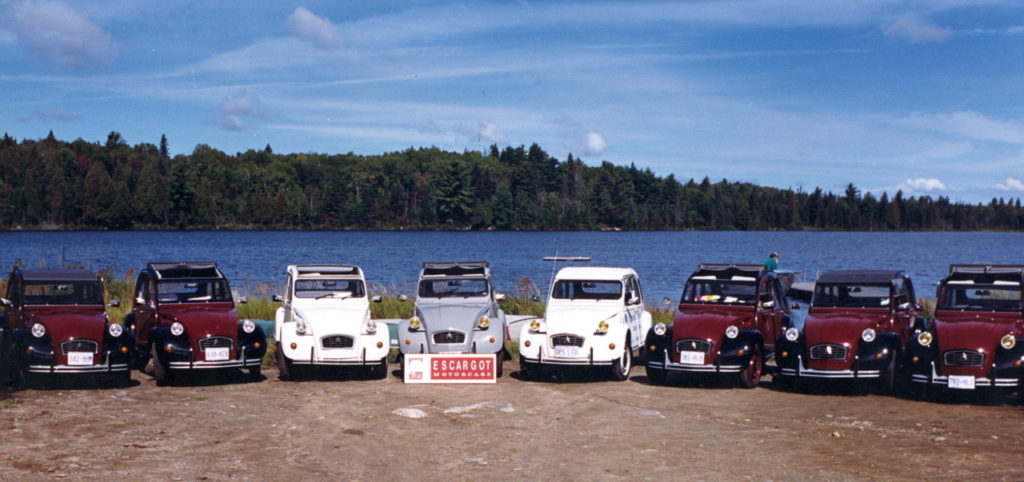

My 2CV was bought for 5k, which I saved from being a boxboy at a grocery store at 17, from TARGET motors in Hollywood from Daniel Rosenthal, if I remember correctly. TARGET had been featured in the LA TImes, and channel 7 ABC and various other LA publications.
I actually hunted Daniel out and found him at his parents in Pasadena, asking about my car. He was surprised to see me! LOL Most of the cars I believe we’re new with just a slapped on old Vin plate. Mine was one of the last ones sent. I waited 9 months to get my car and was lucky to get an actual new car. Though customs had caught on at the time and only released my car to me, after another 2-3 months, if I modify it to DOT specs. He did offered me a used Charleston, but I finally did get my red 2CV club, a 1985/”1966″ with 15 kilometres. Owned it for 15 years and 160k. Best car I ever had. Unable to register the car in LA, I drove the 2CV to Arkansas,where I had relatives, and easily registered the car for $17. I waited 6 months and registered the car as an out of state car at the AAA office. I moved alot then, and customs had a hard time following up on my conversion. When they tracked me down finally via snail mail, I told them I had sold the car. Which I transferred over to a friend. Then later I “bought” my car back from my friend. Finally 7 years came and went the case was too old for them to care about. I was determined to keep that car!
im happy for you jason. where is it now? i never got mine when i was going to univ of oregon in mid 70s. i drove it, but, didnt have the money to buy it. now i want one….although not sure if i can afford one at inflated prices.
I thought the Target approach was to sell new 2CVs as a kit to be assembled in the US. The car was disassembled in Europe, crated, and shipped. This method was not legal but it took a while for Customs to figure it out and put an end to this method of getting new 2CVs into the US. The Fournet method on the other hand, while tricky, was legal. In California the engine being under 50 CI meant it was exempt from emission compliance. Not sure if that exemption is still on the books, so bringing one into California today might not be as easy as it used to be..
@ David: That may been the plan originally, but it probably proved to be way more complicated than getting a local garage in Europe to “age” them as we describe.
George, The “Target” approach I described does not involve Aging the car. Kit cars must be registered either in the year the kit was purchased or when the car is assembled. The underlying problem with this approach, and why it was stopped, is that the legal definition of a Kit Car excludes any car that was built as a production vehicle. Taking a car apart and calling the parts a “Kit” does not allow to be registered as a home built kit car. I don’t know how many Target kit cars were brought into the states before Customs shut it down, but am quite sure that there were some brought into California. No idea about Canada, and assume that multiple states in the US got some.